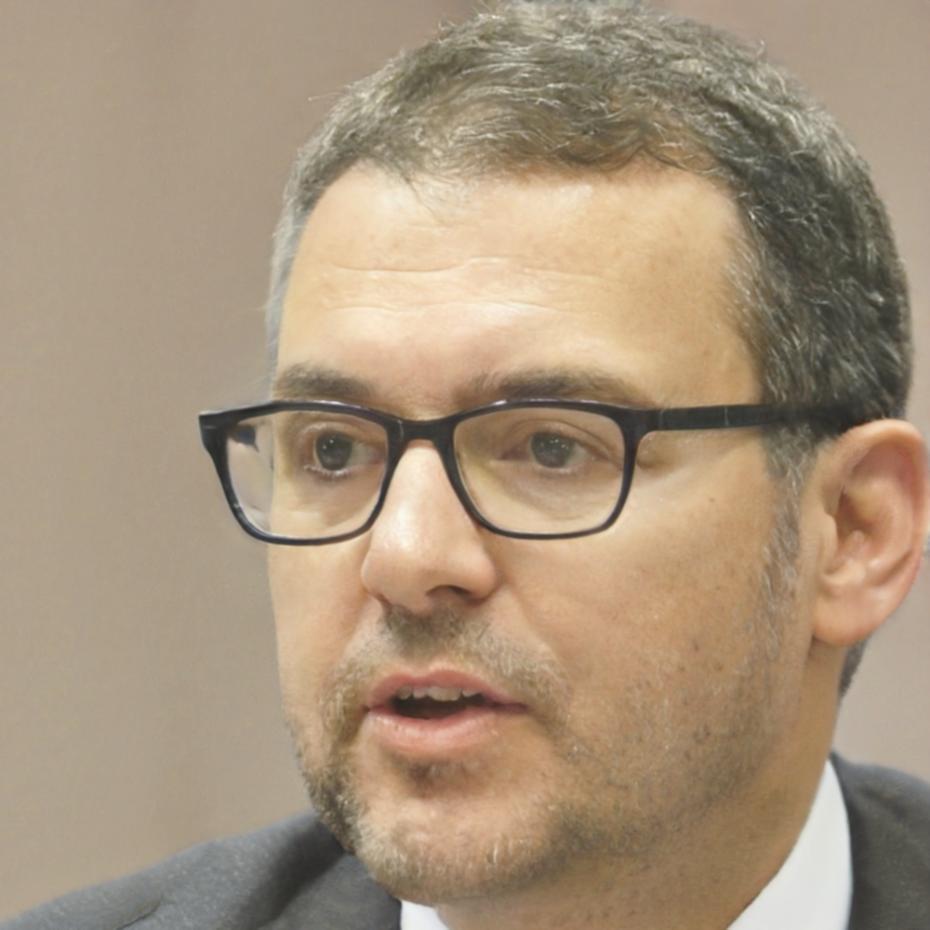Master Data Analysis Through Real Projects
Learn practical data analysis skills by working on actual business cases. Our program combines theoretical foundations with hands-on experience in Taiwan's growing tech market.
Start Your Journey
Dr. Marcus Thornberg
15+ years analyzing complex datasets for Fortune 500 companies. Now teaching the next generation of data professionals.
Find Your Perfect Learning Path
Answer a few questions to discover which program matches your goals and current experience level.
Your Background
Are you new to data analysis or do you have some experience with spreadsheets and basic statistics?
Your Goals
Looking to switch careers, advance in your current role, or start your own analytics consultancy?
Your Schedule
Can you dedicate 15-20 hours weekly for 6 months, or prefer a more intensive 3-month program?
Featured Program: Advanced Analytics Bootcamp

September 2025 Cohort Now Enrolling
This comprehensive program takes you from basic data handling to advanced predictive modeling. You'll work with real datasets from Taiwanese companies and build a portfolio of projects that demonstrate your skills to employers.
- Python and R programming for data analysis
- Statistical modeling and machine learning fundamentals
- Data visualization with Tableau and PowerBI
- SQL database management and querying
- Business intelligence and reporting best practices
- Capstone project with local business partner
Real Projects, Real Results
Our project-based approach means you're solving actual business problems from day one. Here's how our graduates have applied their skills.
Customer Segmentation for E-commerce Growth
Sarah worked with a Taipei-based online retailer to analyze customer purchasing patterns. Using clustering algorithms, she identified five distinct customer segments and developed targeted marketing strategies.
- Increased repeat purchase rate by 23% in test segments
- Reduced customer acquisition cost through better targeting
- Created automated dashboard for ongoing monitoring
- Presented findings to C-level executives
Predictive Maintenance for Production Lines
David built a machine learning model to predict equipment failures at a semiconductor fabrication plant. The project involved sensor data analysis and anomaly detection techniques.
- Reduced unplanned downtime by 31% during pilot phase
- Estimated annual savings of .3M for the facility
- Developed real-time monitoring alerts system
- Trained maintenance staff on new procedures
